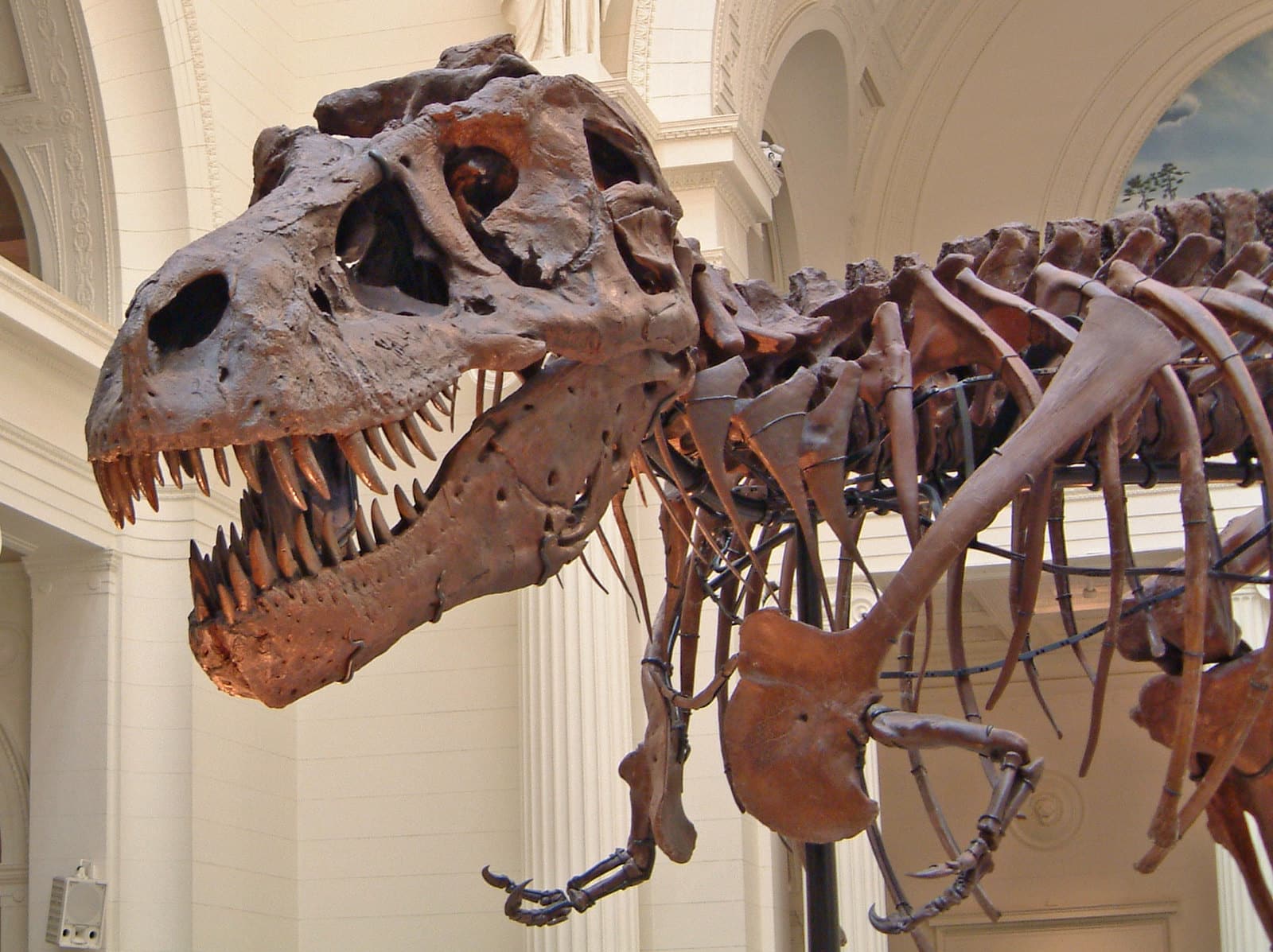

A new study suggests that the T. Rex’s ancestors may have evolved in North America, contradicting the popular theory that the Tyrannosaurus Rex evolved in Asia.
The new theory states that when sea levels fell, effectively providing a bridge between the two continents, the T. rex’s ancestors crossed. The latest research offers additional confirmation that the Tyrannosaurus rex, as currently understood, originated in North America.
Crucially, however, the direct ancestors of this dinosaur species, believed to have roamed the Earth more than 70 million years ago, remain undiscovered.
When it roamed the Earth some 67 to 66 million years ago, the T. Rex was the planet’s main apex predator. It could grow to staggering sizes, reaching 12.5 feet (3.8 meters) tall at the hips and up to 41 feet (12 meters) long. Most T. Rex fossils discovered have been unearthed in North America, primarily in US states like Montana and South Dakota, and Canadian provinces like Alberta.
Despite not knowing exactly who the T. Rex’s ancestors are, scientists know they evolved from smaller dinosaurs from the tyrannosaurid lineage. The location where the lineage started has been a subject of consistent debate in the scientific community.
T. rex fossils have been found mostly in North America, especially in the USA and Canada.
The most famous T. rex skeleton, Sue, was discovered in South Dakota, USA, and is now housed at the Field Museum in Chicago. #history #dinosaur #science #fossils #news pic.twitter.com/xM2iWDINvl— Life Facts (@imburhan965) May 5, 2025
Due to the T. Rex sharing more anatomical resemblance to the Asian tyrannosaurid dinosaurs than to the North American tyrannosaurids, scientists believe the species may have migrated from Asia to North America and evolved there. Lead author of the study, Cassius Morrison, a doctoral student at UCL, said, “The geographic origin of T. rex is the subject of fierce debate. Palaeontologists have been divided over whether its ancestor came from Asia or North America. He added, “Our modeling suggests the ‘grandparents’ of T. rex likely came to North America from Asia, crossing the Bering Strait between what is now Siberia and Alaska.”
The researchers who wrote used a model that used various factors, such as the locations where several tyrannosaurid species had been discovered, their evolutionary trees, and the local climate. The team found that T. rex fossils are dispersed in Laramidia, an area that used to be an island continent that extended through parts of modern-day Alaska to Mexico.
This dispersion would, in turn, indicate that the T. Rex’s ancestors migrated from Asia to North America through Laramidia, some 72 million years ago.
Laramidia was an island continent that existed during the Late Cretaceous period (99.6–66 Ma), when the Western Interior Seaway split the continent of North America in two. Americas Great Plains were a sea way until https://t.co/rLskgT6Bq3 pic.twitter.com/r2bXqucpBl
— kee osama
(@kee_osama) May 5, 2025
Morrison explains, “This is in line with past research finding that the T. rex was more closely related to Asian cousins such as the Tarbosaurus than to North American relatives such as Daspletosaurus,” adding, Dozens of T. rex fossils have been unearthed in North America but our findings indicate that the fossils of T. rex’s direct ancestor may lie undiscovered still in Asia.”
